Research on Trending Algorithms of Digital Platforms: A Case Study of Little Red Book and Instagram
DOI: 10.23977/mediacr.2024.050409 | Downloads: 132 | Views: 2544
Author(s)
Jiatong Liu 1
Affiliation(s)
1 School of Fashion Communication, Beijing Institute of Fashion Technology, Beijing, 100105, China
Corresponding Author
Jiatong LiuABSTRACT
In the digital age, the rapid development of digital technology has profoundly impacted the trending dissemination mechanisms of social media platforms. This paper examines the algorithmic recommendation mechanisms of trending topics on little red book and instagram, as well as their effects on user social interaction and content dissemination. The study finds that both platforms utilize aggregation algorithms to capture users' collective attention, enhancing the social interactivity and topic expansion of the platforms. However, algorithm-based personalized recommendations also lead to issues such as "information silos" and "algorithm manipulation," which hinder the free flow of information and limit users' exposure to diverse perspectives. Therefore, to balance user needs with information diversity, platforms should optimize their algorithmic recommendation mechanisms, increase content variety, and prevent the formation of information islands. Additionally, it is essential to strengthen content review and governance, improve algorithm transparency, and ensure content security and user rights on the platforms.
KEYWORDS
Trending topics; Algorithm manipulation; Information silos; little red book; InstagramCITE THIS PAPER
Jiatong Liu, Research on Trending Algorithms of Digital Platforms: A Case Study of Little Red Book and Instagram. Media and Communication Research (2024) Vol. 5: 58-68. DOI: http://dx.doi.org/10.23977/mediacr.2024.050409.
REFERENCES
[1] Bail, C. A., Guay, B., & Maloney, E. (2020). Assessing the Russian Internet Research Agency's impact on the political attitudes and behaviors of American Twitter users in late 2017. Proceedings of the National Academy of Sciences of the United States of America, 117(1), 243-250.
[2] Bucher, T. (2020). Nothing to disconnect from? Being singular plural in an age of machine learning. Media Culture & Society, 42(4), 610-617.
[3] Djafarova, E., & Bowes, T. (2021). 'Instagram made Me buy it': Generation Z impulse purchases in fashion industry. Journal of Retailing and Consumer Services, 59, 102345. [4] Edwards, L., & Veale, M. (2018). Enslaving the Algorithm: From a "Right to an Explanation" to a "Right to Better Decisions"? IEEE Security & Privacy, 16(3), 46-54.
[5] Kalsnes, B., & Ihlebæk, K. A. (2021). Hiding hate speech: political moderation on Facebook. Media Culture & Society, 43(2), 326-342.
[6] Liang, M. (2022). The end of social media? How data attraction model in the algorithmic media reshapes the attention economy. Media Culture & Society, 44(6), 1110-1131.
[7] Meng, Q., Suresh, T., & Lee, R. (2023). Predicting hate intensity of Twitter conversation threads. Knowledge-Based Systems, 275, 110644.
[8] Millet, B., Tang, J. J., & Seelig, M. (2024). In Twitter we trust(ed): How perceptions of Twitter's helpfulness influence news post credibility perceptions and news engagement. Computers in Human Behavior, 155, 108185.
[9] Nieborg, D. B., & Helmond, A. (2019). The political economy of Facebook's platformization in the mobile ecosystem: Facebook Messenger as a platform instance. Media Culture & Society, 41(2), 196-218.
[10] Perreault, G. P., & Hanusch, F. (2024). Normalizing Instagram. Digital Journalism, 12(4), 413-430.
[11] Pond, P., & Lewis, J. (2019). Riots and Twitter: connective politics, social media and framing discourses in the digital public sphere. Information Communication & Society, 22(2), 213-231.
[12] Striphas, T. (2015). Algorithmic culture. European Journal of Cultural Studies, 18(4-5), 395-412.
[13] Tafesse, W., & Wood, B. P. (2021). Followers' engagement with Instagram influencers: The role of influencers' content and engagement strategy. Journal of Retailing and Consumer Services, 58, 102303.
[14] Tuominen, M., & Haanpää, L. (2022). Young People's Well-Being and the Association with Social Capital, i.e. Social Networks, Trust and Reciprocity. Social Indicators Research, 159(2), 617-645.
[15] Urman, A. (2020). Context matters: political polarization on Twitter from a comparative perspective. Media Culture & Society, 42(6), 857-879.
[16] Wang, Y., Qin, M. S., & Luo, X. M. (2022). Frontiers: How Support for Black Lives Matter Impacts Consumer Responses on Social Media. Marketing Science, 41(6), 1029-1044.
[17] Xue, J., Chen, J. X., & Hu, R. (2020). Twitter Discussions and Emotions About the COVID-19 Pandemic: Machine Learning Approach. Journal of Medical Internet Research, 22(11), e20550.
[18] Zeng, X., & Yang, L. (2022). Production and Guidance of Discourse Space in Capital Network Public Opinion under the Self-Media Environment: A Co-Word Analysis and Case Study Based on Weibo Hot Searches from 2019 to 2021. Modern Communication (Journal of China University of Communications), (3), 40-49.
[19] Chen, M. (2023). Accelerated 'Digital Labor': Bundling, Alienation, and Breakthrough in New Media. Journal of Zhejiang Gongshang University, (04), 157-168.
[20] Chen, M., & Yin, J. (2023). Marketing Strategies of Knowledge Influencers in the 'Grass-Planting' Economy: A Case Study of Xiaohongshu. Young Journalists,(22), 52-54.
[21] Du, X. (2020). The Communication Functions and Limitations of Weibo Hot Searches in Major Public Health Events: A Case Study of the COVID-19 Pandemic. China Journalist, (09), 103-105.
[22] Guo, J. (2022). Research on the Generation Mechanism of Online Youth from 'Atomization' to 'Groupization': A Case Study of Hongxing Erke. Contemporary Youth Research,(03), 20-26.
[23] Jiao, D. (2018). Interactive Research on Online Search and the Generation of Online Public Opinion. Modern Communication (Journal of China University of Communications), (04), 65-69.
[24] Lin, B., & Luo, J. (2022). An Ontological Examination of 'Lonely Joy' in Youth Groups in the Internet Age. Journal of Southeast University (Philosophy and Social Sciences Edition), (04), 15-22.
[25] Liu, D. (2020). Research on Image Construction and User Aesthetic Satisfaction in the Short Video Era: A Case Study of Douyin and Kuaishou. Literary and Art Controversy,(08), 92-97.
[26] Liu, S. (2020). The Value, Issues, and Improvement of Weibo Hot Searches. People's Forum, (31), 100-102.
[27] Shen, G. (2021). Global Platform Communication: Distribution, Gatekeeping, and Regulation. Modern Communication (Journal of China University of Communications), (01), 7-12.
[28] Tan, X. (2019). From Platisher to 'Platform Media': A Conceptual Retrospection and Reflection. Journal of Journalists, (04), 28-37.
[29] Wang, Q. (2020). Examining the Gatekeeping Standards of Weibo 'Hot Searches' from a Critical Algorithm Research Perspective. International Journalism, (07), 26-48.
[30] Wang, Q., Meng, Z., & Zhang, L. (2024). Do hot searches represent public opinion? The legitimacy discourse construction of mainstream media on hot topic algorithms. International Journalism, (03), 95-115.
[31] Xu, J., & Huang, Y. (2022). Discovering and reconstructing news value through social media: An analysis based on Olympic hot search rankings. Modern Communication (Journal of China University of Communications), (02), 17-24.
[32] Yu, G., & Liu, Y. (2024). Personalized recommendations ≠ Information cocoons: Clarifying misconceptions about algorithms and the cocoon effect. Young Journalists, (07), 55-57.
| Downloads: | 20337 |
|---|---|
| Visits: | 472468 |
Sponsors, Associates, and Links
-
Journal of Language Testing & Assessment
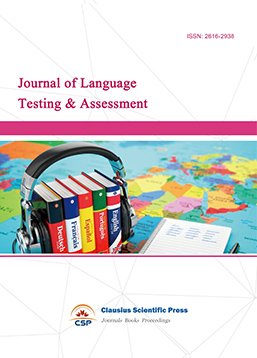
-
Information and Knowledge Management
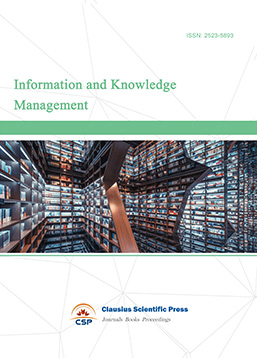
-
Military and Armament Science

-
Journal of Human Movement Science
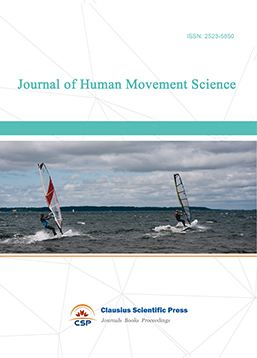
-
Art and Performance Letters
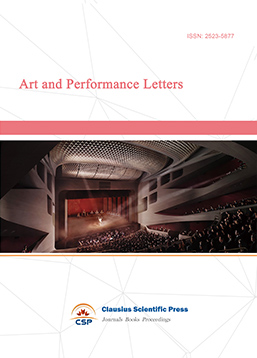
-
Lecture Notes on History
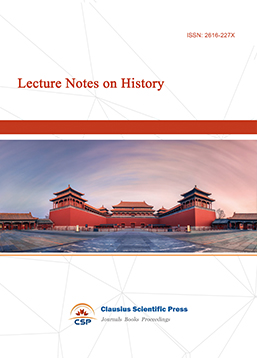
-
Lecture Notes on Language and Literature

-
Philosophy Journal

-
Science of Law Journal
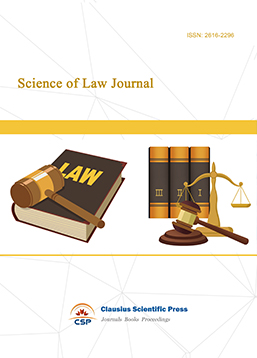
-
Journal of Political Science Research
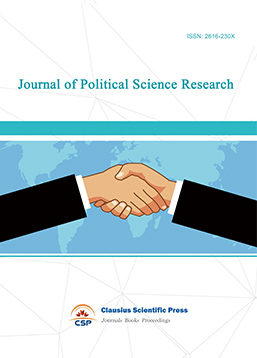
-
Journal of Sociology and Ethnology
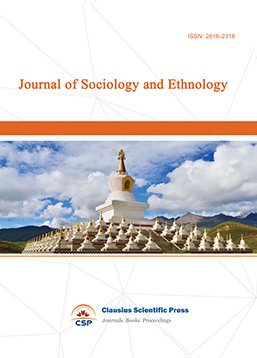
-
Advances in Broadcasting


 Download as PDF
Download as PDF